flowchart TD
A[Bridge] -->|Height| B[Over 700 m]
A -->|Height| C[Under 700 m]
B -->|Location| D[Urban]
B -->|Location| E[Non-urban]
C -->|Location| F[Urban]
C -->|Location| G[Non-urban]
D -->|Traffic| H[X< per day]
D -->|Traffic| L[<=X per day]
E -->|Traffic| I[X< per day]
E -->|Traffic| M[<=X per day]
F -->|Traffic| J[X< per day]
F -->|Traffic| N[<=X per day]
G -->|Traffic| K[X< per day]
G -->|Traffic| O[<=X per day]
Define condition classes and model deterioration
Estimation of financial needs and condition of infrastructure assets
2024-03-11
Some questions
- How can we measure the deterioration?
- How fast do assets deteriorate?
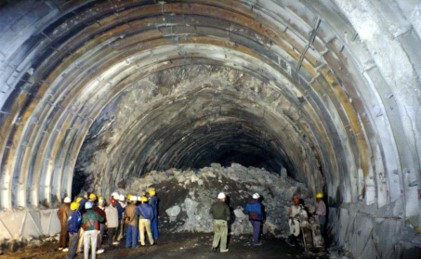
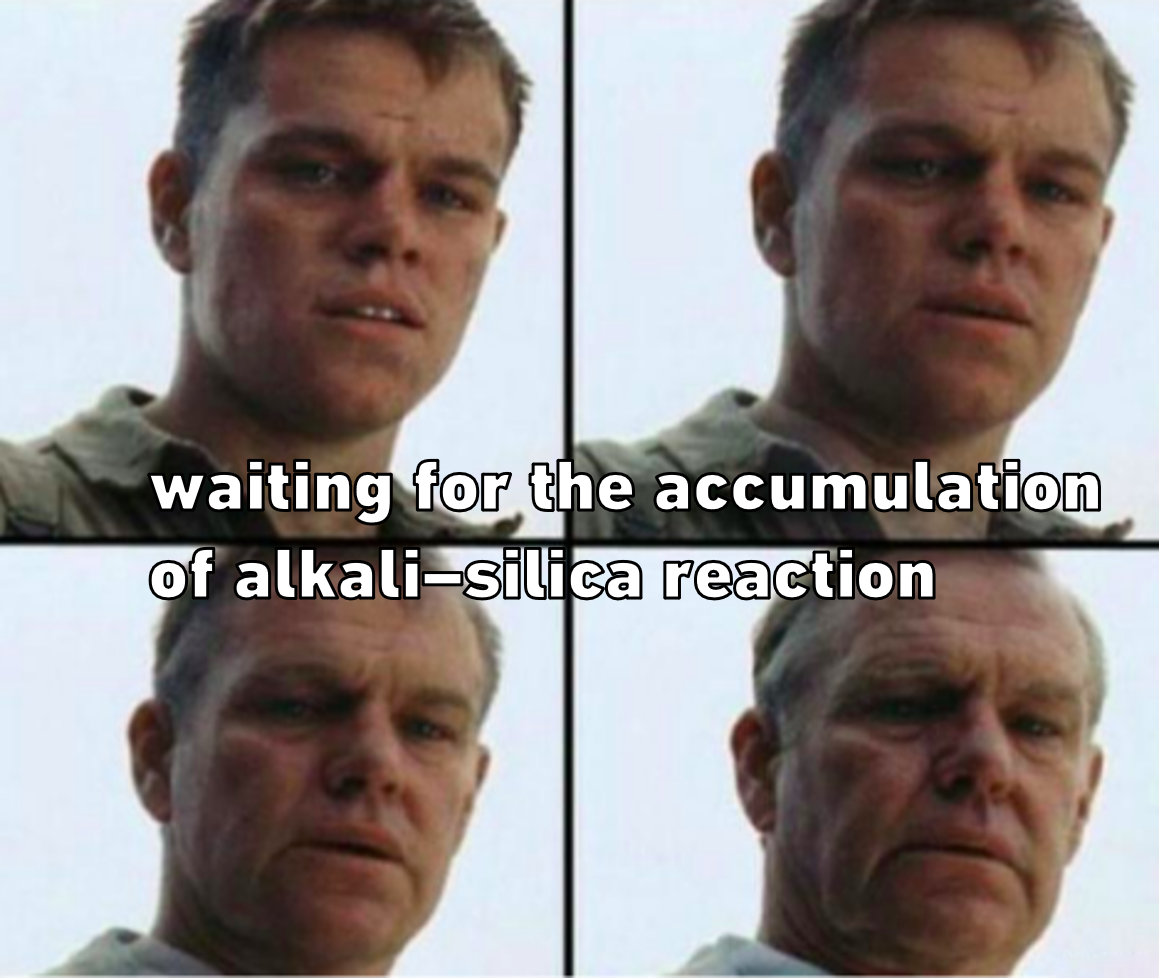

Introduction – What has to be predicted?
Required
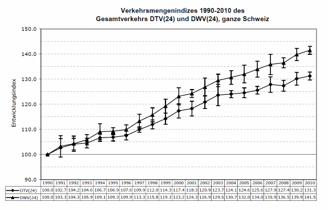
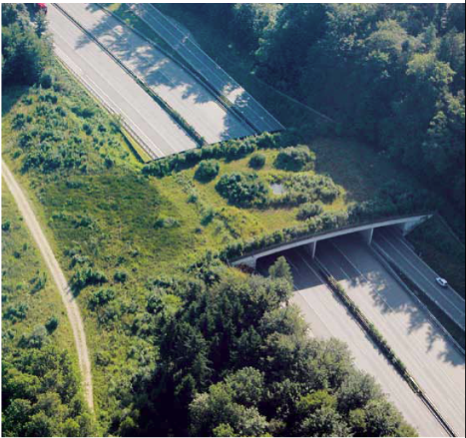
Provided

Gradual/Manifest
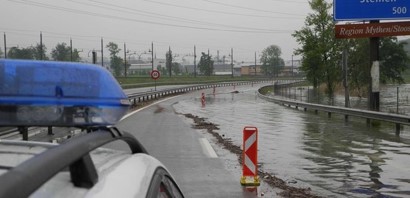
Sudden/Latent
Introduction – Which processes do you want to consider?
| Process | Subprocess | Comments |
|---|---|---|
| Concrete surface wear | Abrasion | moving objects in contact with concrete which can wear away and often desired roughness |
| Aggregate deterioration | Alkali-silica reaction | a reaction between the hydroxide ions in the alkaline cement pore solution in the concrete and reactive forms of silica in the aggregate form a gel is produced, which increases in volume by taking up water and so exerts an expansive pressure |
| Freezing and thawing | under humid conditions pores may be water-filled and under freezing conditions, water in these pores may freeze and thaw, which causes immense hydraulic pressure, which cracks concrete | |
| Cement paste deterioration process | Deterioration due to sulfate | exposure to industrial and agricultural chemicals can result in the breakdown of the cement paste, the glue that holds concrete together |
| Reinforcement corrosion process | Chloride-induced corrosion of steel | Corrosion of steel can cause the production of a rusted product that is significantly larger than the normal steel cracking the surrounding concrete and destroying the bond between concrete and steel. There may also be section loss of the steel reinforcement. |
| Carbonation-induced corrosion of steel | Carbonation, or neutralization, is a chemical reaction between carbon dioxide in the air with calcium hydroxide and hydrated calcium silicate in the concrete. |
Introduction – Which processes do you want to consider? Chloride induced corrosion of steel

Introduction - Are you predicting state or service?
| Deterioration process phases | Visual condition indications | Time | Provided service | |
|---|---|---|---|---|
| 1 | Penetration of water and de-icing salts into surface concrete | None | 1 | 1 |
| 2 | Breakdown of depassivation layer of top reinforcement | None | 2 | 1 |
| 3 | Rusting of top reinforcement | None | 3 | 1 |
| 4 | Cracking and spalling of surface concrete | Small pockmarks on the surface, often accompanied by a rust stain, and usually at a point corresponding to the location of a top reinforcing bar | 5 | 1 |
| 5 | Shifting of the compressive zone in the concrete deck | Spalling in multiple locations and some of these locations had significant amounts of exposed reinforcement Uniformly spaced cracks on the underside of the slab, beneath spalled areas |
5 | 1 |
| 6 | Overstressing of the bottom reinforcement | No additional visual indications | 6 | 1 |
| 7 | Cracking of the bottom concrete | Spalling in numerous widely dispersed locations over relatively large areas, more intense under the truck lanes. | 7 | 1 |
| 8 | Punching failures | Spalling in numerous widely dispersed locations over relatively large areas, extensive cracking was observed, two punching failures of the deck slab occurred | 8 | 2 |
| 9 | Collapse | - | ? | 3 |
Which states do we want to use?
| Item | State | Condition | Description of condition on entry |
|---|---|---|---|
| Deck | 1 | Good | no signs rust |
| 2 | Acceptable | minor spots of rust and/or spalling and thin cracks less than 2.5 mm wide | |
| 3 | Damaged | major spots of rust and/or spalling and thin cracks | |
| 4 | Poor | major spots of rust and/or spalling and section loss of reinforcement less than 10% | |
| 5 | Alarming | section loss of reinforcement more than 10% |
SZU example

How do we predict the future states of infrastructure if we consider the infrastructure to be in discrete states?
We can use a Markov model
Consider a sequence of random variables \({X_k, k = 0,1,2,….}\) , where each \(X_k\) can be one of a finite number of possible values, i.e. states.
These states are a set of non-negative integers from the set \(S = {1,2,…,n}\).
If \(X_k = i\), then the process (or Markov chain) is said to be in state \(i\) at time \(k\).
How do we predict the future states of infrastructure if we consider the infrastructure to be in discrete states?
We can use a Markov model
- No history, i.e., if
\[P(X_{n+1}=j \mid X_n=i, X_{n-1}=i_{n-1},\] \[\ldots, X_1=i_1, X_0=i_0) \] \[= P(X_{n+1}=j \mid X_n=i) \] \[= P_{ij}\]
- These transition probabilities can be represented in a transition matrix
\[ P = \begin{pmatrix} p_{11} & p_{12} & \ldots & p_{1K} \\ p_{21} & p_{22} & \ldots & p_{2K} \\ \vdots & \vdots & \ddots & \vdots \\ p_{R1} & p_{R2} & \ldots & p_{RK} \end{pmatrix} \]
- The probability of the state at \(n+1\) being \(j\) is conditional on the state in \(n, n-1, n-2…, 0\).
- The probability of the state at \(n+1\) being \(j\) is conditional only on the state in \(n\).
- The addition of row transition probabilities must be equal to 1
\[ \sum_{j=1}^{k} P_{ij} = 1\quad\forall i \]
- In a deterioration transition matrix, there should not be any state improvements
\[ P_{ij}=0 \quad\forall i>j \]
How do we predict the future states of infrastructure if we consider the infrastructure to be in discrete states?
We can use a Markov model
State at \(t\), i.e., \(S(t)=\)
Deterioration Matrix,i.e., \(P=\)
\[ S_1 \quad S_2 \quad S_3 \quad S_4 \quad S_5 \\ \{q_1 \quad q_2 \quad q_3 \quad q_4 \quad q_5\} \]
\[ \begin{pmatrix} P_{11} & P_{12} & P_{13} & P_{14} & P_{15} \\ 0 & P_{22} & P_{23} & P_{24} & P_{25} \\ 0 & 0 & P_{33} & P_{34} & P_{35} \\ 0 & 0 & 0 & P_{44} & P_{45} \\ 0 & 0 & 0 & 0 & P_{55} \end{pmatrix} \]
\[
\qquad S_1 \quad S_2 \quad S_3 \quad S_4 \quad S_5 \\
Q=\{0.8 \quad 0.1 \quad 0.1 \quad 0 \quad 0\}
\]
\[ \begin{pmatrix} 0.8 & 0.2 & 0 & 0 & 0 \\ 0 & 0.76 & 0.24 & 0 & 0 \\ 0 & 0 & 0.72 & 0.28 & 0 \\ 0 & 0 & 0 & 0.65 & 0.35 \\ 0 & 0 & 0 & 0 & 1 \end{pmatrix} \]
How do we predict the future states of infrastructure if we consider the infrastructure to be in discrete states?
We can use a Markov model
- The future condition state are predicted:
- State at \(\quad t+1=S(t)\cdot P\)
- State at \(\quad t+2=S(t+1)\cdot P\) \[ \vdots \]
- State at \(\quad t+n=S(t+(n-1))\cdot P\)
CS evolution between \(t = 0\) and \(t = 50\)
How do we estimate transition probabilities?
With data With
expert
opinion With
deterministic
deterioration
model
How do we estimate transition probabilities if we have data (at uniform inspection intervals)?
- In year \(t\) – number of items in \(S_i = X_i\)
- In year \(t+1\) - number of items moved from \(S_i\) to \(S_j\) \(= Y_{ij}\)
- Transition probability of remaining in \(S_i =\) \(Y_{ii}\over X_{i}\)
- Transition probability of moving from \(S_i\) to \(S_j=\) \(Y_{ij}\over X_{i}\) \(\forall i\neq j\).
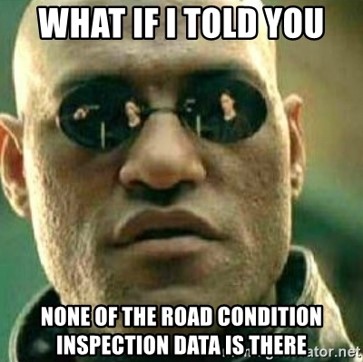
How do we estimate transition probabilities if we have deterministic models?
Minimise the long-term difference between:
- the state predicted using the deterministic model, i.e., \(y(t)\)
- average state predicted using the transition probabilities, i.e., \(\bar y(t)\)
\[ Z = \sum_t (y(t)-\bar y(t))^2 \]
How do we estimate transition probabilities if we have deterministic models?
- Deterministic model
\[ C(t)=0.16\cdot t+1 \] - Objective function
\[ Z=\sum_{t=1}^{T}(0.16\cdot t-\bar C(t))^2 \]
- Transition probabilities,i.e., Deterioration matrix
\[ P = \begin{bmatrix} p_{11} & 1-p_{11} & 0 & 0 & 0 \\ 0 & p_{22} & 1-p_{22} & 0 & 0 \\ 0 & 0 & p_{33} & 1-p_{33} & 0 \\ 0 & 0 & 0 & p_{44} & 1-p_{44} \\ 0 & 0 & 0 & 0 & 1 \end{bmatrix} \]
- Condition distribution at \(t\)
\[ C(t)=C(0)\cdot P^{t} \] Therefore, the average condition state at \(t\):
\[ \bar C(t)=C(0) \cdot P^{t} \cdot S \\ S^T=\begin{pmatrix} 1 & 2 & 3 & 4 & 5 \end{pmatrix} \]
Download this template!
How do we estimate transition probabilities if we have deterministic models and ensure a best fit?
| CS at \(t=0\)/\(t=t+1\) | 1 | 2 | 3 | 4 | 5 |
|---|---|---|---|---|---|
| 0 | 0.86 | 0.13 | 0 | 0 | 0 |
| 1 | 0 | 0.81 | 0.18 | 0 | 0 |
| 2 | 0 | 0 | 0.74 | 0.25 | 0 |
| 3 | 0 | 0 | 0 | 0.65 | 0.37 |
| 4 | 0 | 0 | 0 | 0 | 1 |
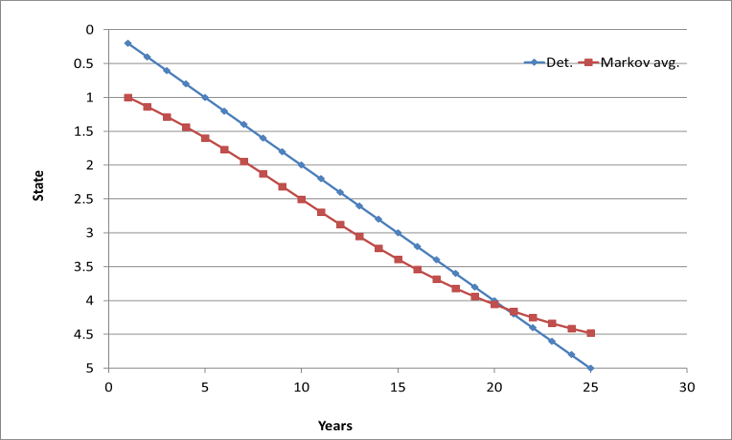
How do we estimate transition probabilities if we have only expert opinion and where do we get expert opinion?
| Name | Explanation |
|---|---|
| settled area per km | relative exposure of the community road network to urbanity |
| residents per settled area | captures the effect of high population density and the consequential complexity of the infrastructure |
| HGV per km | proxies the effect of increased deterioration due to high axle load |
| tax per resident | captures the (standard economic theory) effect that wealthier a political units are likely to spend more on high quality goods |
| average slope | average slope of the community |
| geologic difficulty | sediments are assigned to one of three difficulty classes: difficult = +1, average = 0, or easy = -1 |
Richmond, C., Kielhauser, C., Adey, B.T., (2015), Developing key performance indicators for cantonal road management in Switzerland, The Asset Management Conference, London, United Kingdom, November 25-26.
Snow
Daily temperature fluctuations
Amount of rain
Amount of traffic
How do we estimate transition probabilities for objects in SZU network?
Sensible categories
Determination of transition probabilities Deterministic models – Example – Correlation
\[ P_{ij}=1−0.5^{\frac{t}{T}} \\ P_{12} = 1−0.5^{\frac{t}{T}} \\ P_{12} = 1−0.5^{\frac{1}{12}} \\ P_{12} = 1−0.94 \\ P_{12} = 0.056 \]
\[ P_{ii}= 0.5^{ \frac{t}{T}} \\ P_{11}= 0.5^{ \frac{t}{T}} \\ P_{11}= 0.5^{ \frac{1}{12}} \\ P_{11}= 0.944 \]
\[ T= \frac{1 \cdot log(0.5)}{log(0.944)} \\ T= \frac{−0.301}{-0.0269} \\ T=12 \]
Important
When an asset can change only one CS per each \(t\).
Overview of the tasks
- Define the condition states for assets,
- Estimate the change in the values of the things you consider important,
- Estimate how fast each asset is going to deteriorate over time,
- Estimate how quickly you think assets will deteriorate based on estimates you find in literature, e.g. bridges evolve from being like new to being in condition state 5 in approximately 80 years, although this may be a bit faster in areas with considerable traffic,
- Estimate the transition probabilities of going from one state to another within 1 year, from your estimates of how fast the assets deteriorate.
Next steps
- Today:
- Definition of the condition states
- Modelling the gradual deterioration
- Next step:
- Define possible interventions and strategies
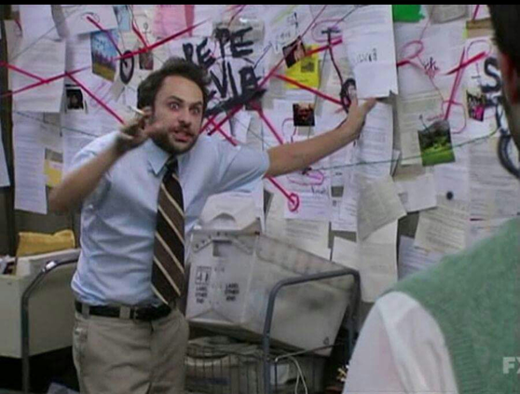
Thank you for your attention!
Questions?
Hamed Mehranfar
Doctoral student
hmehranfar@ethz.ch
ETH Zürich
Institute of Construction and Infrastructure Management (IBI)
Chair of Infrastructure Management
HIL G 32.2, Stefano-Franscini-Platz 5
8093 Zürich